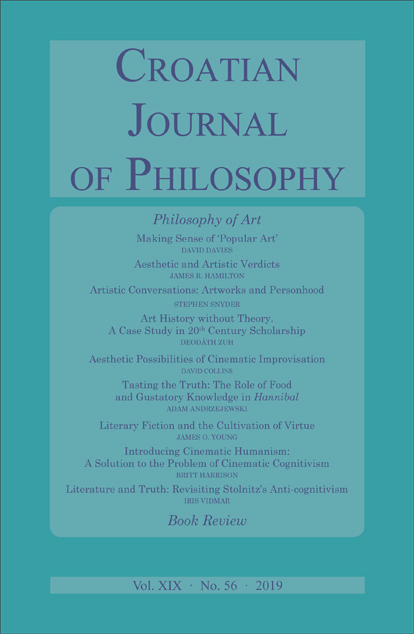Art History without Theory. A Case Study in 20th Century Scholarship
Art History without Theory. A Case Study in 20th Century Scholarship
Author(s): Deodáth ZuhSubject(s): Aesthetics, Sociology of Art, History of Art
Published by: KruZak
Keywords: Scientific research programmes; Hungarian intellectual history; theory of art history; need for theory; internal and external histories; Renaissance;
Summary/Abstract: This paper aims to demonstrate that art history’s need for theory remains relevant as the process of research advances. The paper rests on a case study from 1950s Hungary. Lajos Fülep composed an interesting opponent’s review on the 1955 doctoral thesis of Hungarian Renaissance scholar, Jolán Balogh. Fülep disapproves not of the lack of theory in Balogh’s scholarly work, but of her theoretical encroachments without an awareness of a basic need for theorizing. Behind Fülep’s critical review there apparently stands the instinctive idea of a Lakatosian scientifi c research programme. If a historian of art does not pursue a research programme, her work could easily lose its coherence and resonance. Without a research programme, there is no room left either for internal, or for external histories. One also has to consider, whether in the case of art, internal-normative history is governed by the problem of aesthetic value and whether the external-empirical history could be only formulated in these terms. If so, then a theory-unaware history of art would fail to reconstruct how different art-making individuals conceived of aesthetic properties. In line with this idea, the second part of this paper reflects on the status of research programmes in art historical practice.
Journal: Croatian Journal of Philosophy
- Issue Year: XIX/2019
- Issue No: 56
- Page Range: 253-267
- Page Count: 15
- Language: English
- Content File-PDF

